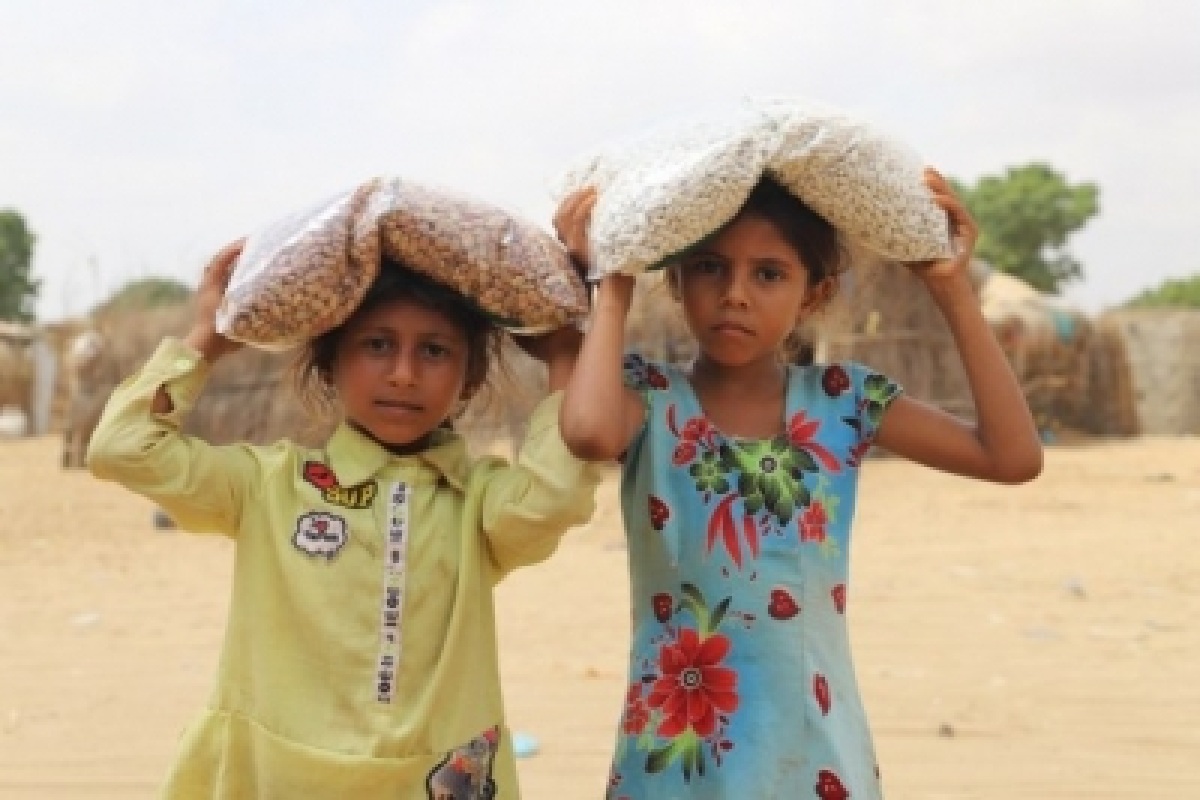AIIMS doctors perform awake craniotomy brain tumor surgery on a child
The premier institute further said, “Age is just a number she proved . She Cooperated very well throughout the procedure and remained well at the end and postoperatively too.”
This is to ensure that policies, social protection schemes, and programs are inclusive and relevant to the needs and aspirations of children and adolescents.

Photo: IANS
Commemorating the 75th year of India’s Independence- ‘Azadi ka Amrit Mahotsav’ Yaumasa Kimura, UNICEF India Representative a.i and Sunil Kumar, Ministry of Panchayati Raj (MoPR), signed a joint Statement of Understanding, reiterating their commitment towards the realization of the rights of youth and children in India.
One-third of India’s population comprises children – and the country has a demographic dividend with adolescents and young people constituting 22 percent of the population. In line with the achievement of the Sustainable Development Goals (SDGs), the partnership aims to include the voices of youth and children in the Gram Sabhas through the provision of Bal/ Balika (Children) Sabhas.
The Bal Sabhas will identify children’s priorities and integrate these into the Gram Panchayat Development plans.
Advertisement
This is to ensure that policies, social protection schemes, and programs are inclusive and relevant to the needs and aspirations of children and adolescents.
Launching the partnership, Sunil Kumar, Secretary MoPR said, “We all need to come together, not just the central and state governments but the domain experts, academic institutions, IGOs/ NGOs, and the Panchayats in a whole of society approach. UNICEF’s presence here today is an acknowledgment on the need for convergence, collaboration, and commitment to localisation of SDGs. We thank them for the support.”
Yasumasa Kimura, Representative a.i., UNICEF India said, “The UNICEF-MoPR partnership will ensure that children and young people’s voices are an integral part of the decision-making processes of the Gram Panchayat. Boys and girls will be engaged in the policies and development plans, impacting their lives. We are confident that this model will bring children’s aspirations on nutrition, health, learning, engagement, and protection, to the core of the village agenda.”
Advertisement